Enter the world of Cave Bureau, and its architectural and geological explorations
Nairobi practice Cave Bureau explores architecture’s role in the geological afterlives of colonialism, as part of a team exhibiting at the British pavilion at the Venice Architecture Biennale 2025
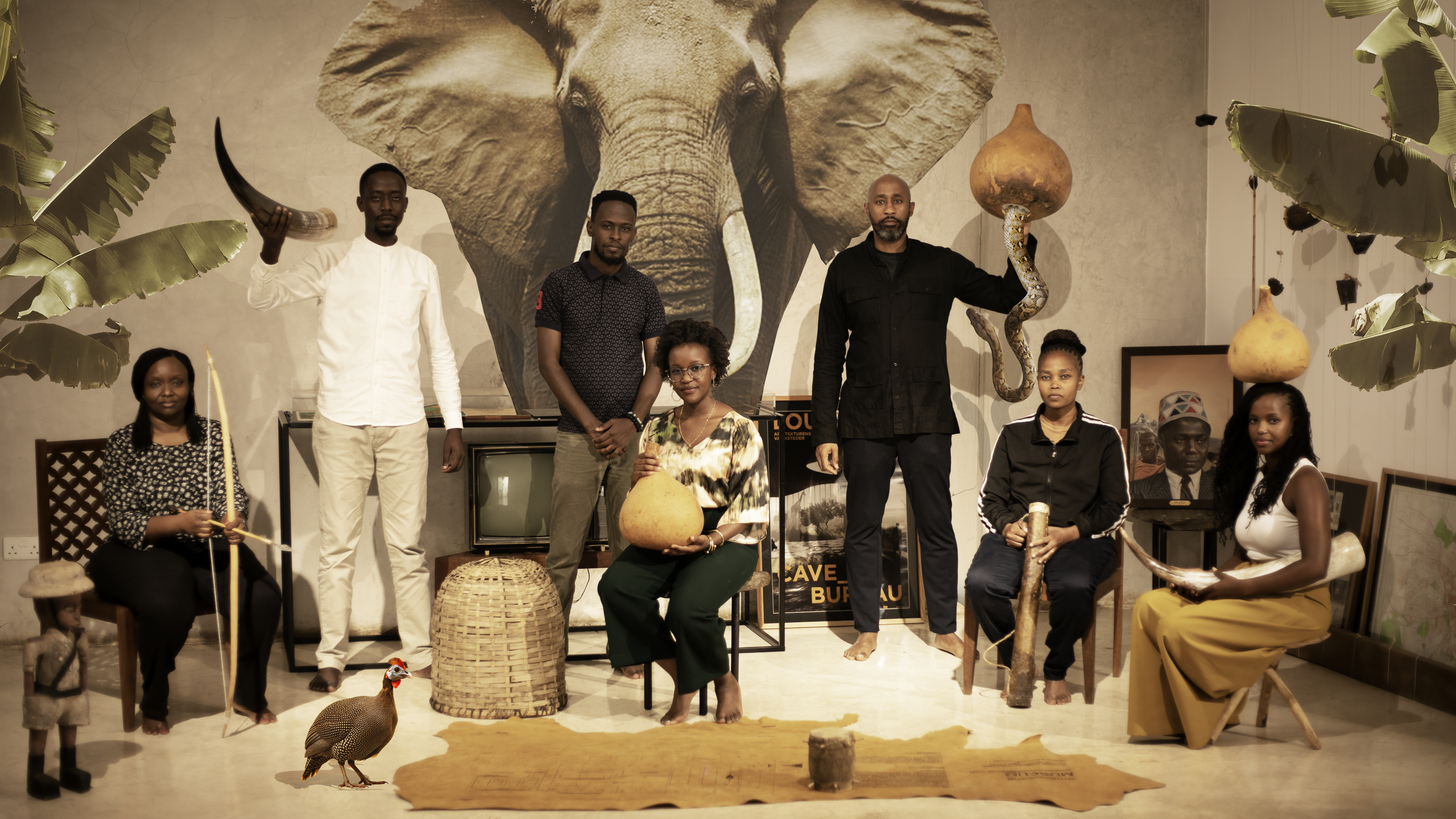
Cave Bureau is a Nairobi-based group of architects and researchers whose work examines the post-colonial African condition through the lens of landscape. Central to their exploration is a strong anthropological and geological thread that both underscores the origin and informs the future trajectory of the practice.
The studio, founded in 2014, owes its name to its geographic origins in Kenya. More specifically, Cave Bureau’s proximity to a site known as the Cradle of Humankind in South Africa spawned an interest in the origin of the human race as a species. The site in question - a series of subterranean limestone caves that proved instrumental in informing human evolutionary theories – continues to be a rich metaphor for a body of work that is grounded in place and topography. This historical narrative is balanced by studio co-founder Kabage Karanja’s childhood experience of inhabiting some of the caves native to his hometown of Nairobi. ‘I have memories, from the age of 12 or 13, of sleeping in caves. Incidentally, [the cave] has become the main site of our research - for all of our Anthropocene projects, culminating with Anthropocene 10 - it has come full circle,’ he says.
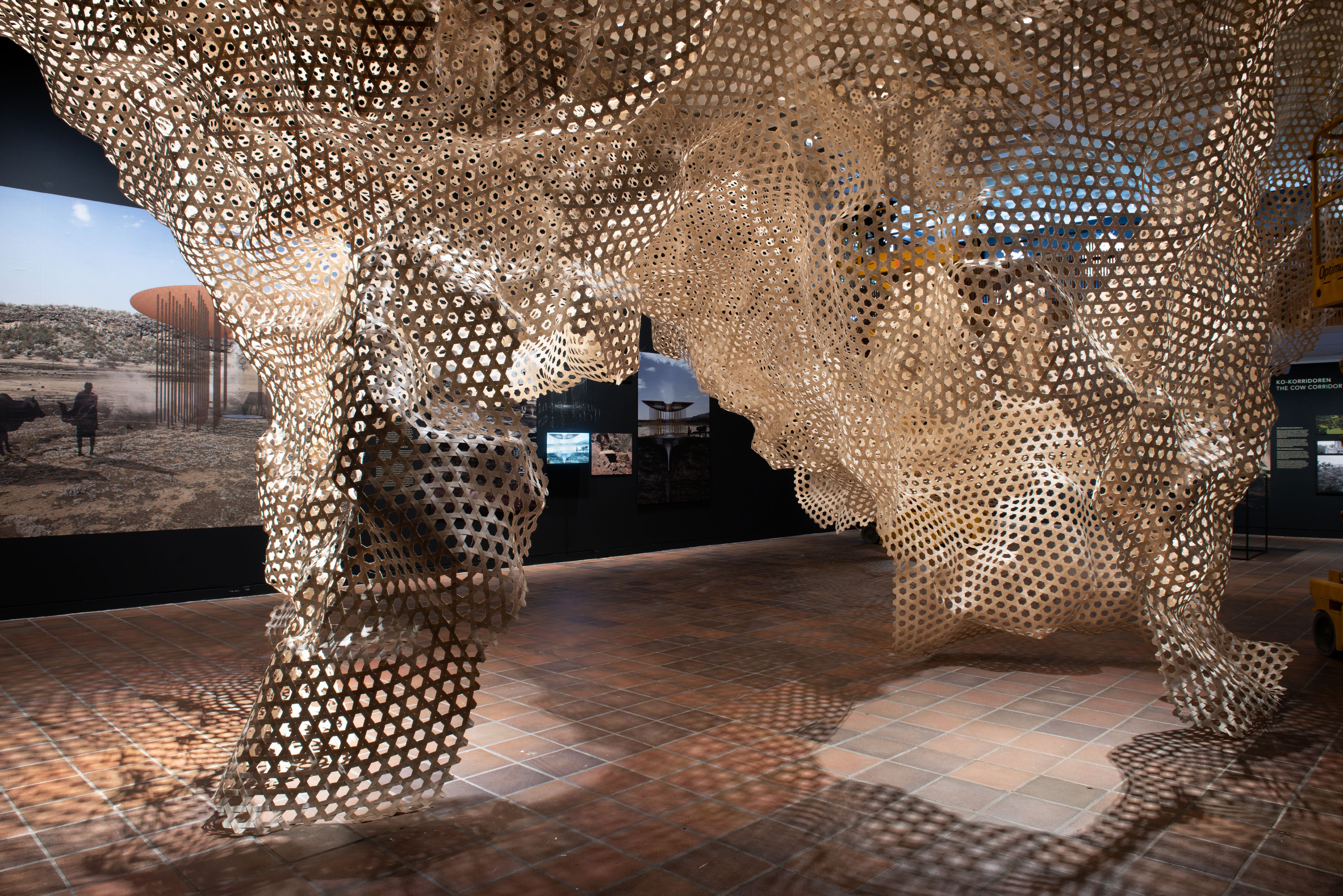
Meet Kenyan architecture studio Cave Bureau
One of Cave Bureau’s early projects, completed for the 17th Venice Biennale of Architecture in 2021, exemplifies this root origin. Invited to contribute a piece within the Giardini Galileo Chini, the studio created Obsidian Rain, a 1:1 installation of the Mau Mau Freedom Fighters’ hideout caves. The aim was to recreate the visceral topographic interior of the space by hanging 1,680 pieces of obsidian stone. This, alongside myriad other projects, contributes to a growing catalogue of work referred to as The Anthropocene Museum - which they explain on their website as ‘a living, roaming institution of imagination and community-based action that began in the land of our collective ancestral origin in East Africa’.
In recent years, The Anthropocene Museum has become central to Cave Bureau’s ambition to interrogate the prevailing modern concept of the museum as an institution contained within a building. In Africa, the storage and transmission of cultural knowledge was historically an oral tradition. Often rooted in nature, it integrated other experiential elements, such as poetry and dance, making for an embodied form of learning. ‘The traditional museum, as an institution where objects are stored to be looked at and engaged with, is a Western, post-Enlightenment concept we are trying to re-imagine. With the Anthropocene Museum, its use of a range of sensory media, as well as physically roaming around the world with several iterations in differing western museums, acts as a critique,’ explains Cave Bureau’s co-founder Stella Mutegi.
During the 2020 global pandemic, the practice noticed a marked deficiency in cultural provision due to the closing down of many larger institutions. With outdoor green spaces being the only public places people were allowed to visit at the time, this observation further strengthened their investigations into landscapes as natural harbingers of culture.

World Map Extract: Cave Bureau’s Counter Imperial Federation Map of the world
Importantly, the studio’s research underlines that site and geography are not only used as points of historical reference but constitute springboards from which projections about alternative futures can be envisaged. Much like the Mau Mau Freedom Fighters who re-imagined a better, future African State while hiding during the resistance, Cave Bureau’s work uses the specificity of place as a point of departure from which a future in dialogue with the past can be proposed. The centrality of geology and land as a contested space is vital towards this end. ‘A lot of what is happening today – conflict, climate and natural disasters – can be traced back to geology and human engagement with land, effectively back to the earth. Climatic changes go back to extraction from the earth, as do conflicts between people as a result of resource grabbing,’ explains Mutegi. ‘There is extraction of not only natural but also human resources.’
The common ground for these intersections highlights geology as a point of focus – a theme that Cave Bureau hopes to explore through its work at the Venice Architecture Biennale 2025. Titled Geology of Britannic Repair, the British pavilion will investigate how architecture can reverse the destructive impacts of colonial systems of geological extraction through emergent practices of architectural repair. Commissioned by the British Council, and led by an expert multidisciplinary team including UK-based curator and writer Owen Hopkins and academic professor Kathryn Yusoff, the curatorial team cites The Great Rift Valley – a geological formation that runs from southern Turkey through Palestine, the Red Sea to Ethiopia, Kenya and Mozambique – as the basis for the exhibition’s geographical, geological and conceptual focus.
Receive our daily digest of inspiration, escapism and design stories from around the world direct to your inbox.

With an underlying partnership between Britain and Kenya the focus of this year’s British Pavilion, the curatorial team hopes to prompt reflection on architecture’s role in the geological afterlives of colonialism, as well as propose ideas of healing and repair through a showcase of earth practice that rebuilds connections between people, ecology and land.
For Cave Bureau, this has always been part of any decolonial exploration. Projects such as the Rift Valley in Mount Suswa – a site of traditional importance to the Indigenous Masai who relied on its increasingly depleting resources – explore extraction on a smaller scale, showcasing how communities harvest water here, while also prompting us to think holistically about existing ecosystems of plant and animal life. ‘For us, earth practices start with community but if expanded can have a planetary impact - this is the argument – a geologic consciousness. It is the small-scale practices that are vulnerable. If we protect the small scale, we have a chance to dismantle the big scale,’ says Mutegi.
The British Pavilion building itself is no exception. Describing its origin as ’the manifestation of empire', and with the 'entire Giardini complex an expression of European excellence, there is a desire to unravel this history and how the colonial project has led to immense climatic impacts,’ Karanja says. The building, no longer a vessel or backdrop for hosting work as has been the case in previous exhibitions, will be subverted to become the subject of a greater conversation around the physical and geological manifestations of colonial activity, drawing the attention of visitors to what has been in the background for so long.
Marwa el Mubark is an Irish architect based in London. She is the co-founder of the research and design practice Saqqra and a lecturer at Kingston School of Art.
-
 Alexander Wessely turns the Nobel Prize ceremony into a live artwork
Alexander Wessely turns the Nobel Prize ceremony into a live artworkFor the first time, the Nobel Prize banquet has been reimagined as a live artwork. Swedish-Greek artist and scenographer Alexander Wessely speaks to Wallpaper* about creating a three-act meditation on light inside Stockholm City Hall
-
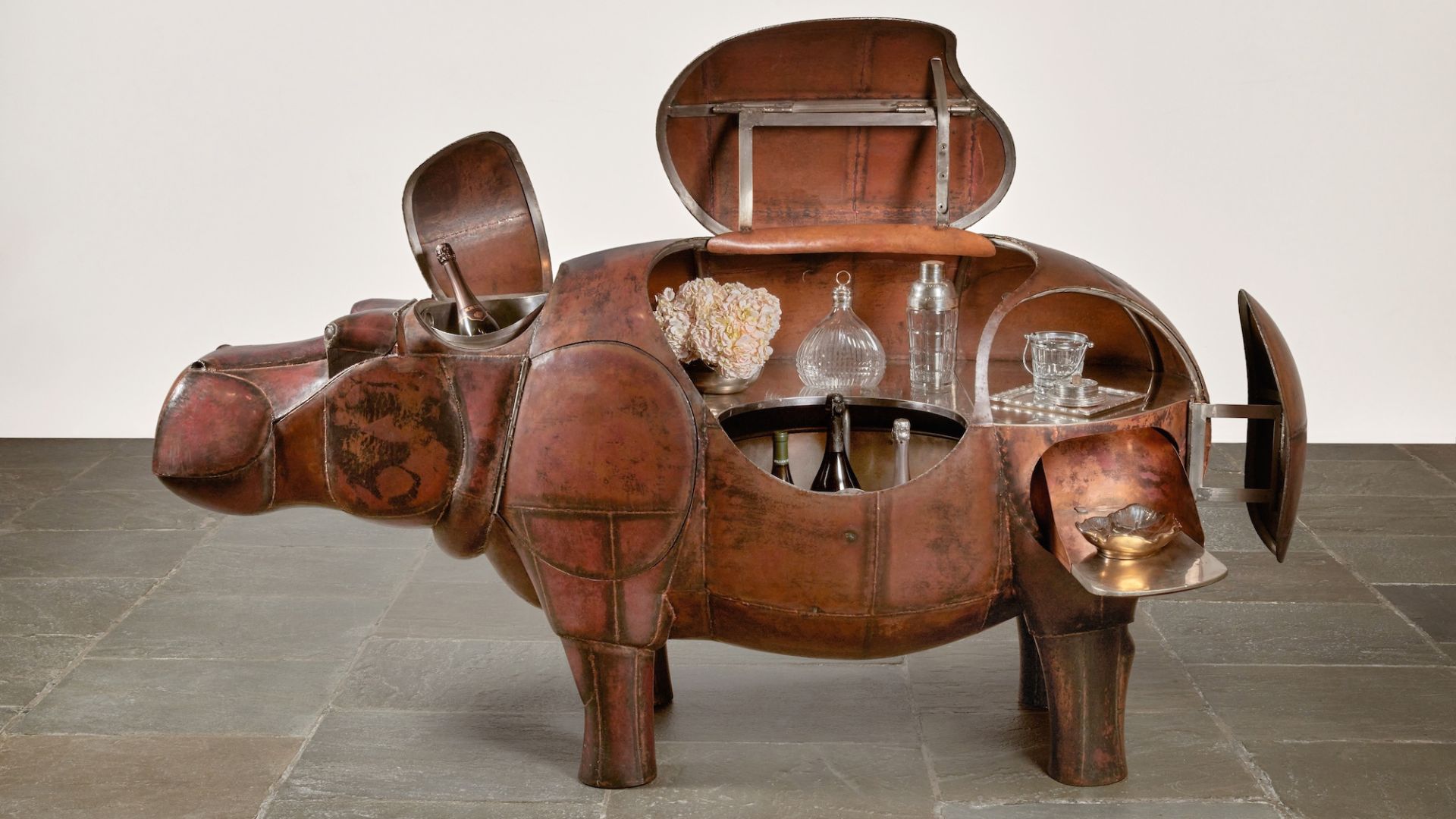 At $31.4 million, this Lalanne hippo just smashed another world auction record at Sotheby’s
At $31.4 million, this Lalanne hippo just smashed another world auction record at Sotheby’sThe jaw-dropping price marked the highest-ever for a work by François-Xavier Lalanne – and for a work of design generally
-
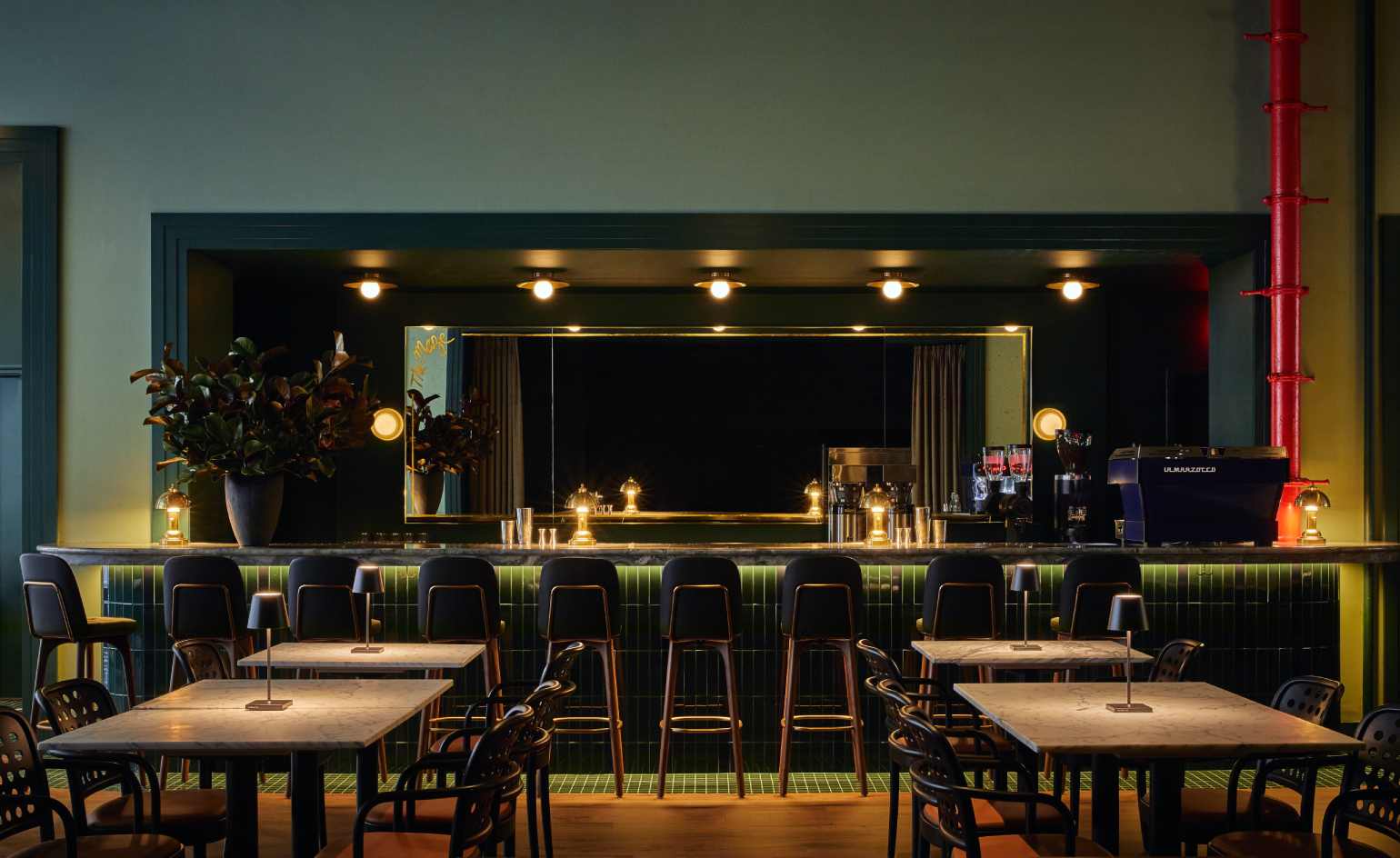 NYC’s first alcohol-free members’ club is full of spirit
NYC’s first alcohol-free members’ club is full of spiritThe Maze NYC is a design-led social hub in Flatiron, redefining how the city gathers with an alcohol-free, community-driven ethos
-
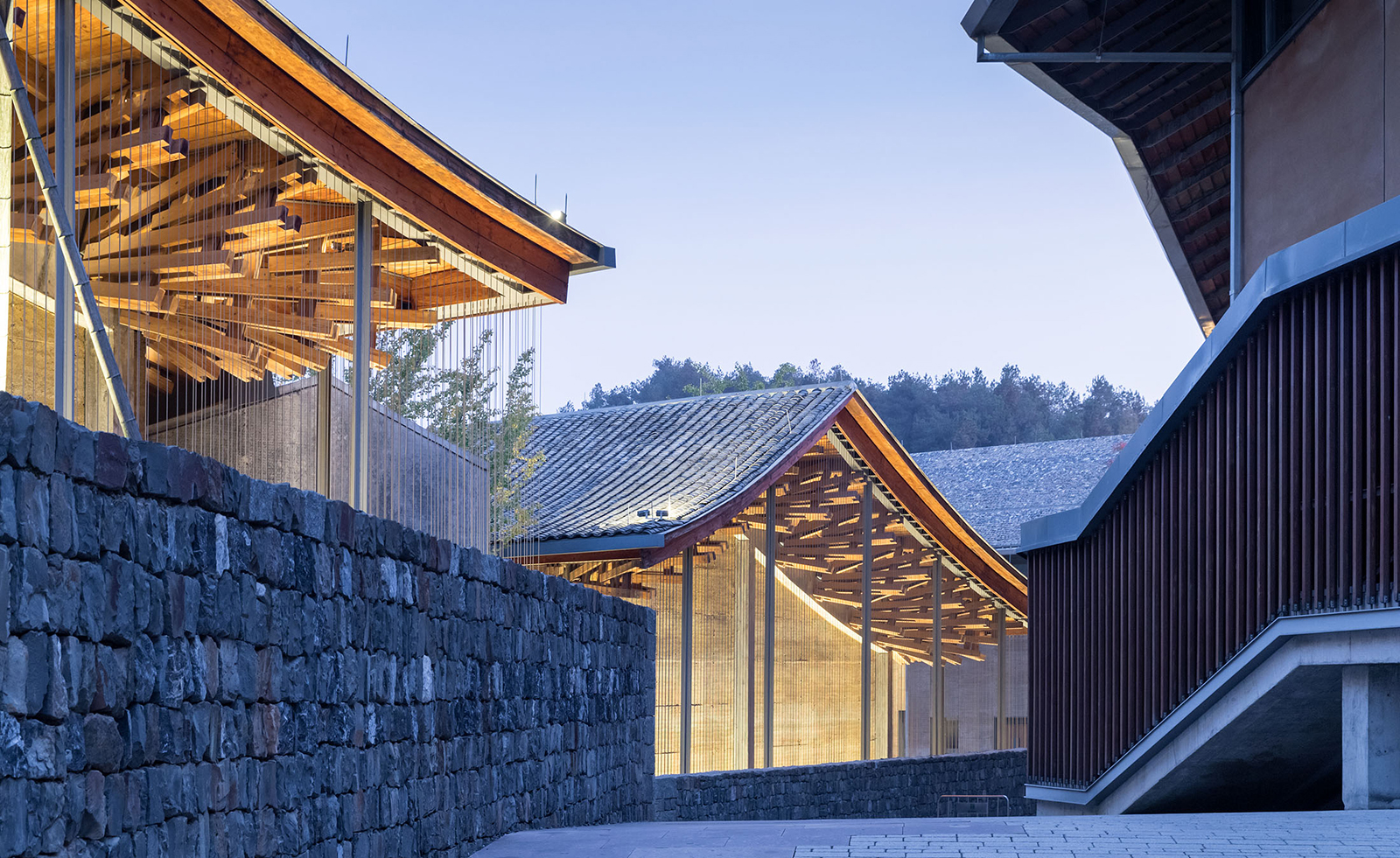 Wang Shu and Lu Wenyu to curate the 2027 Venice Architecture Biennale
Wang Shu and Lu Wenyu to curate the 2027 Venice Architecture BiennaleChinese architects Wang Shu and Lu Wenyu have been revealed as the curators of the 2027 Venice Architecture Biennale
-
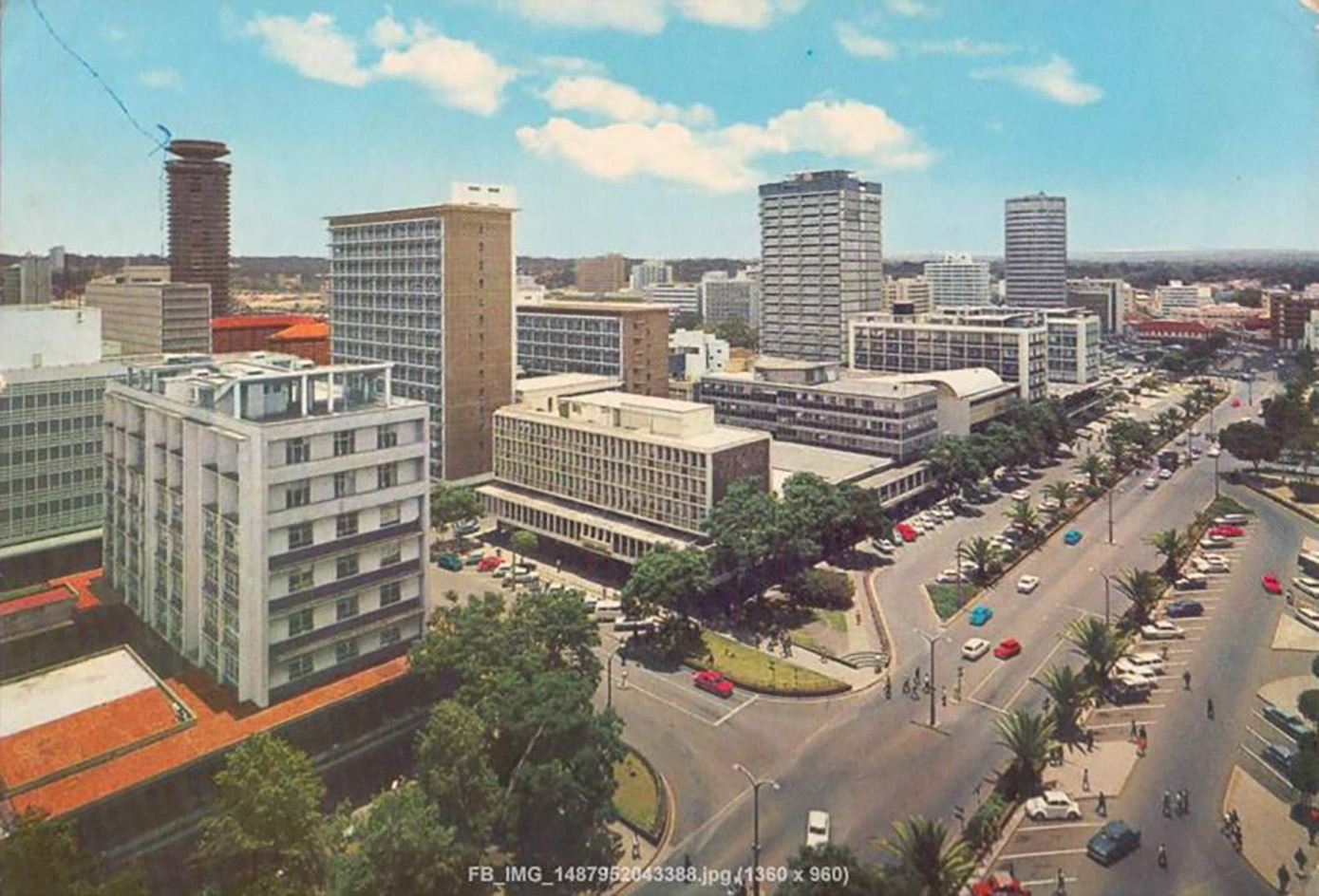 Omar Degan to curate first Pan-African architecture biennale
Omar Degan to curate first Pan-African architecture biennaleThe first Pan-African architecture biennale has been announced, taking place in Nairobi in 2026; we caught up with its inaugural curator, architect Omar Degan, to discuss the festival's mission, vision and scope
-
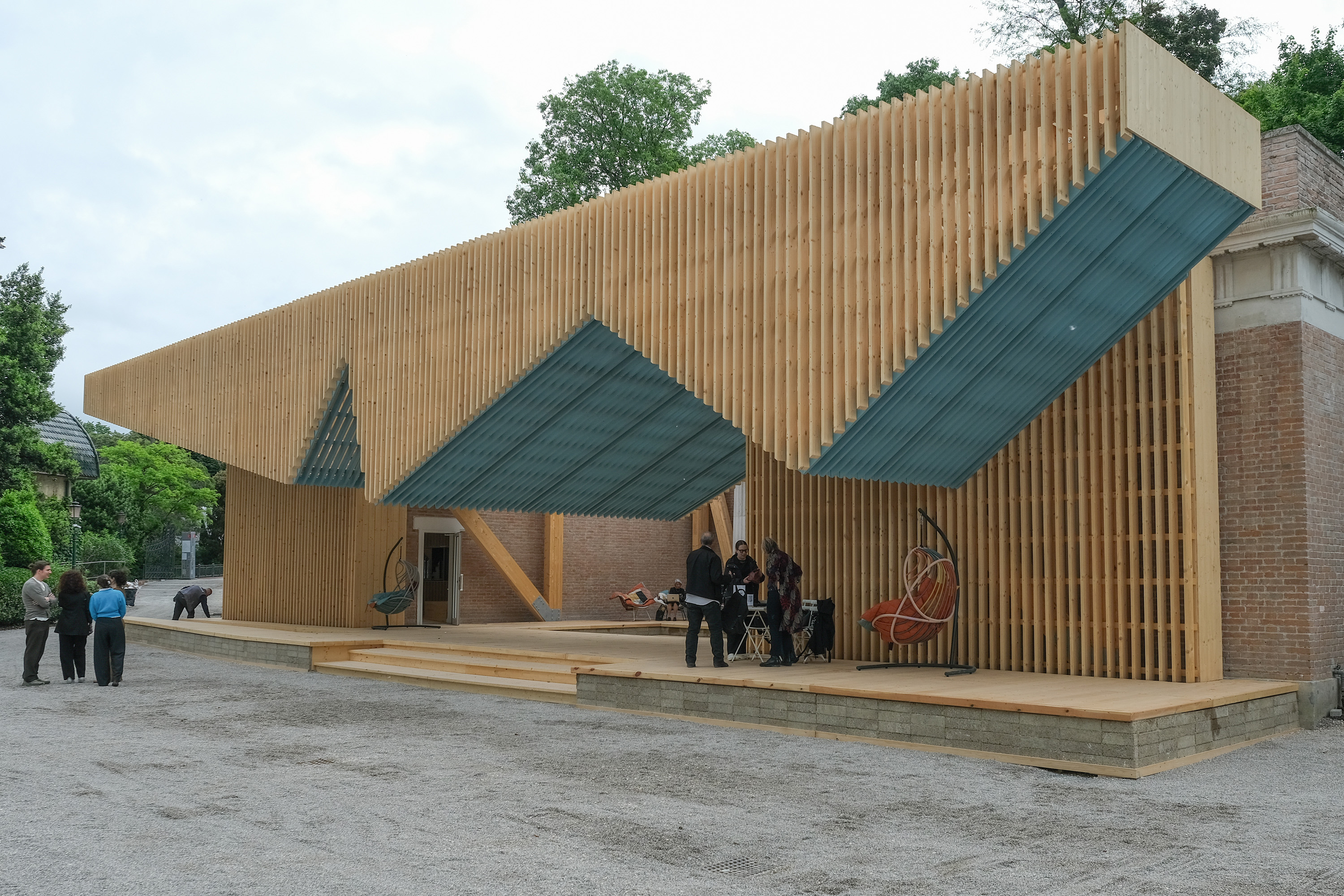 Want to be a Venice pavilion commissioner? Bring ideas – and your Rolodex
Want to be a Venice pavilion commissioner? Bring ideas – and your RolodexThe impressive showings of the USA's Venice pavilion in the Giardini belie the ambitious fundraising efforts that underpin them. Past and present curators tell us how it works
-
 A mesmerising edition of The Dalmore Luminary Series is unveiled in Venice
A mesmerising edition of The Dalmore Luminary Series is unveiled in VeniceThe Dalmore Luminary Series sculpture No.3 by Ben Dobbin of Foster + Partners, co-curated by V&A Dundee, launches in Venice during the 2025 Architecture Biennale
-
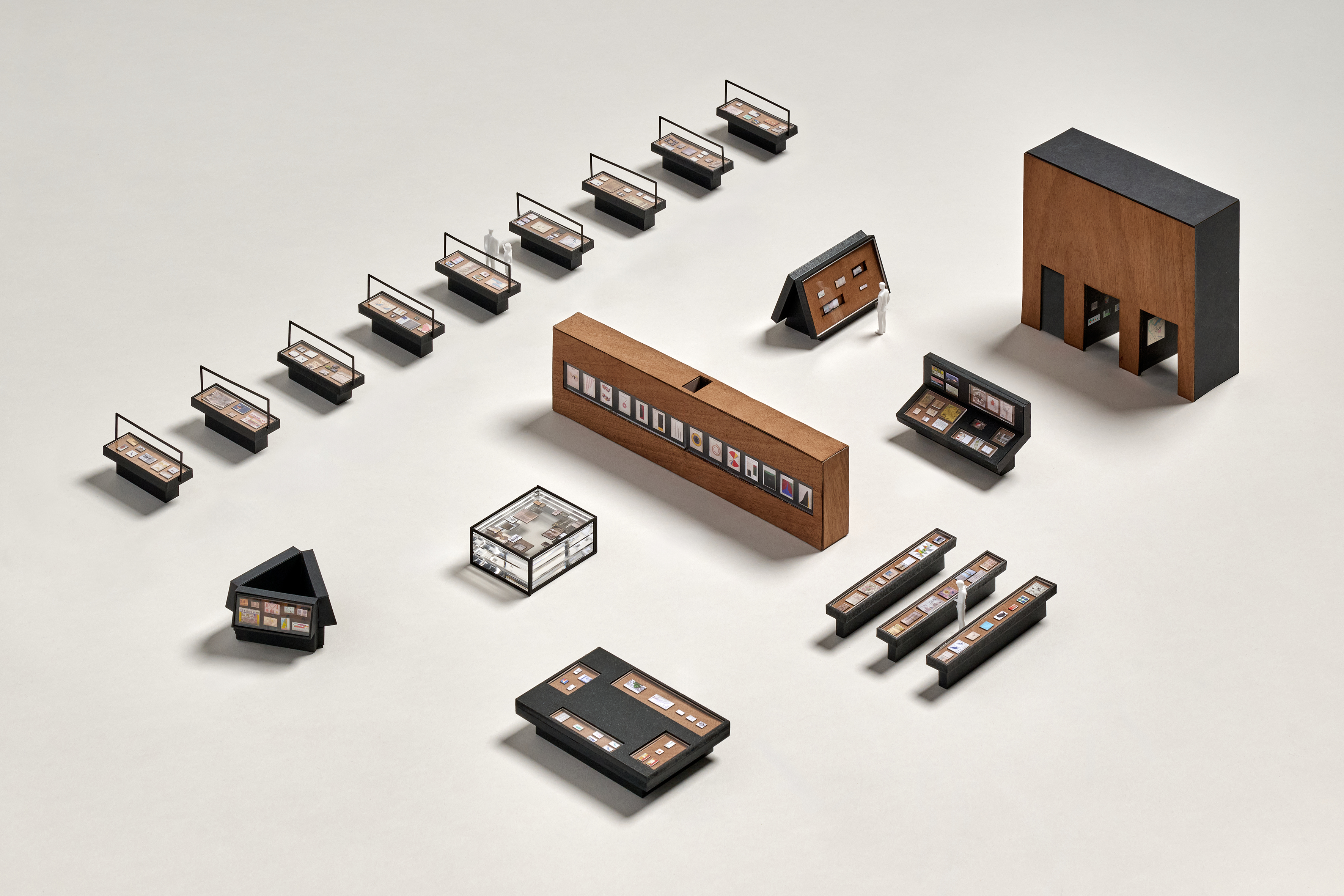 A love letter to the panache and beauty of diagrams: OMA/AMO at the Prada Foundation in Venice
A love letter to the panache and beauty of diagrams: OMA/AMO at the Prada Foundation in Venice‘Diagrams’, an exhibition by AMO/OMA, celebrates the powerful visual communication of data as a valuable tool of investigation; we toured the newly opened show in Venice’s Prada Foundation
-
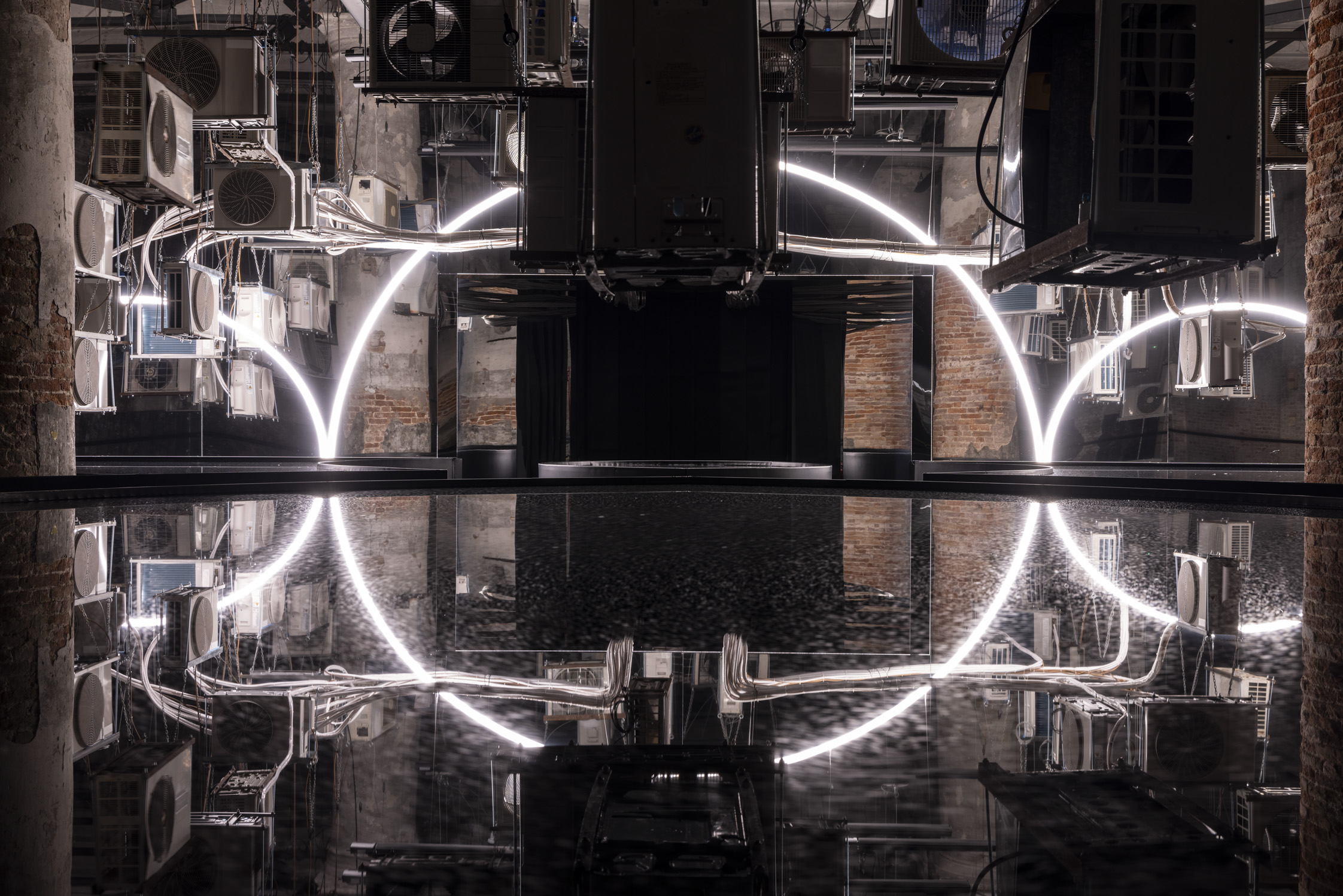 How was Carlo Ratti’s ‘Intelligens’? Wallpaper* editors discuss the 19th Venice Biennale
How was Carlo Ratti’s ‘Intelligens’? Wallpaper* editors discuss the 19th Venice BiennaleHaving visited ‘Intelligens’, the 19th Venice Biennale's main show by curator Carlo Ratti, the Wallpaper* editors discuss what they saw at the world's biggest global architecture festival
-
 A Venice sneak peek into the new Fondation Cartier pour l’art contemporain by Jean Nouvel
A Venice sneak peek into the new Fondation Cartier pour l’art contemporain by Jean NouvelA new home for Fondation Cartier pour l’art contemporain by Jean Nouvel will open later this year in Paris; in the meantime, the Venice Architecture Biennale 2025 offered the perfect platform for a sneak preview of what's to come
-
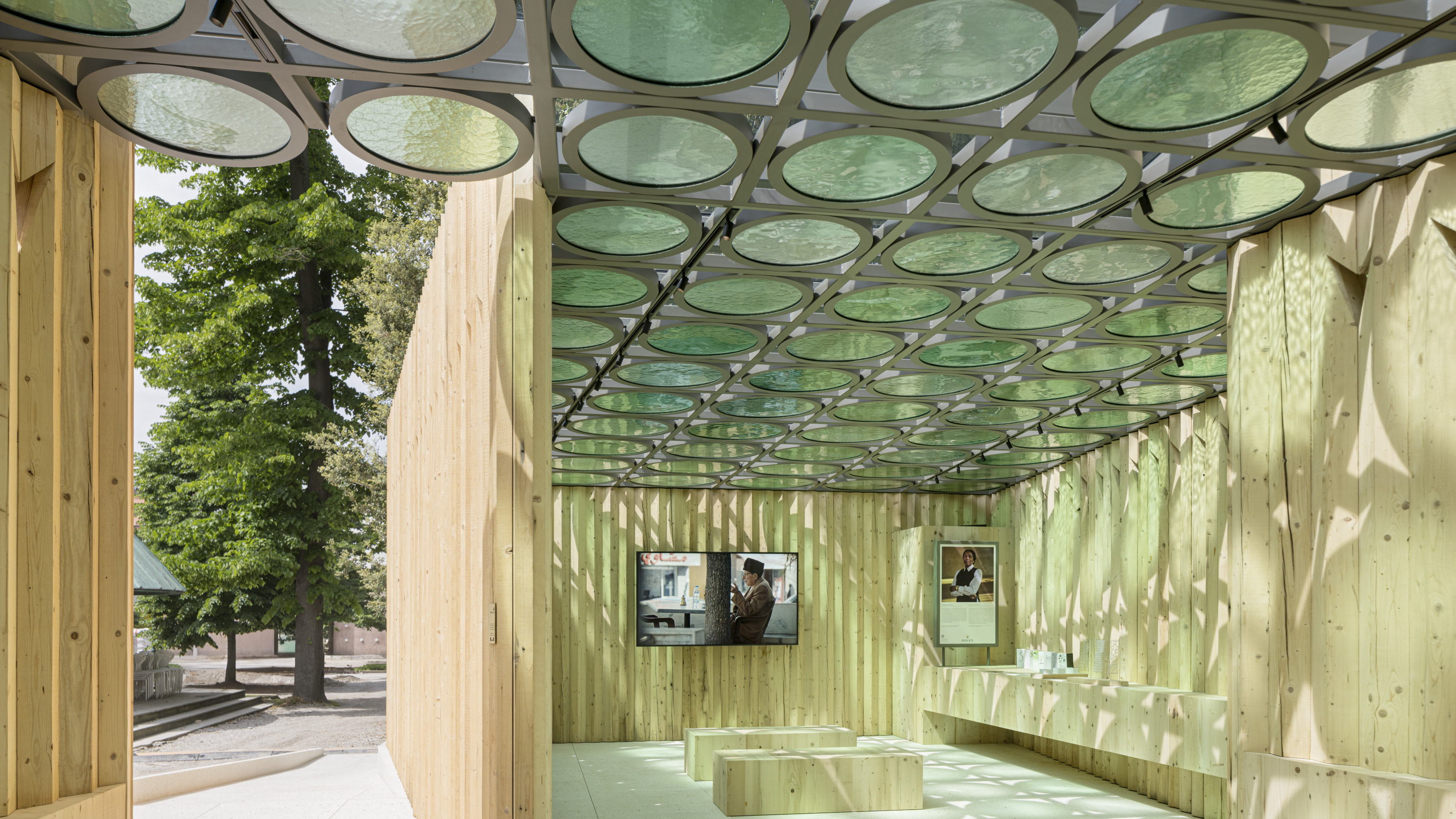 Sustainability underpins new Rolex Pavilion at the Venice Architecture Biennale
Sustainability underpins new Rolex Pavilion at the Venice Architecture BiennaleDesigned by architect Mariam Issoufou, the Rolex Pavilion is full of sustainably-minded soul – here’s what to expect from the building and the exhibit